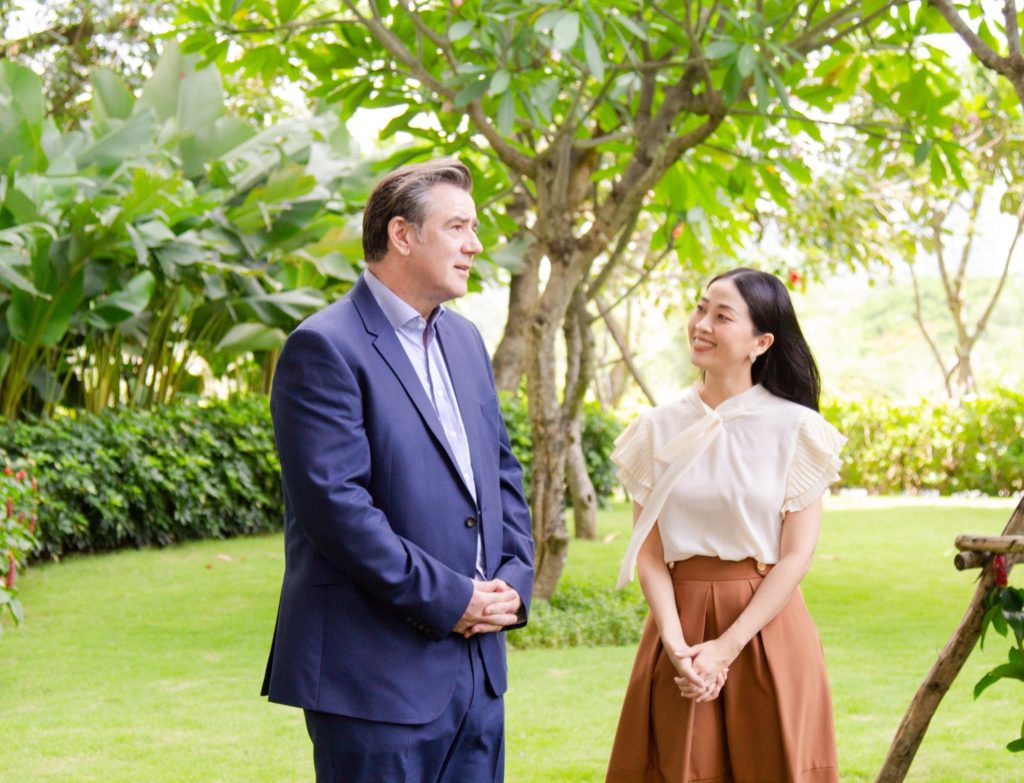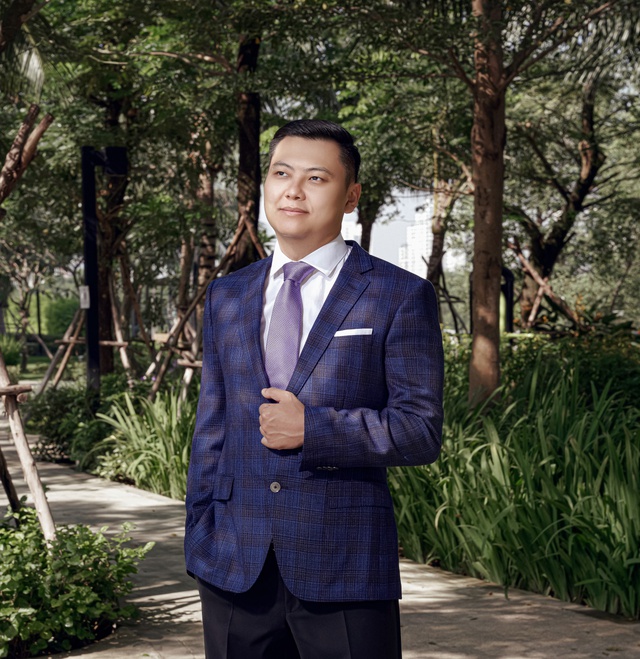Understanding is the fastest way to reach success. Does this conclusion apply to the real estate sector? The experts in the second episode of “The Me We Spirit” Talk Show will help us analyse and conclude.

US President Barack Obama’s visit to Vietnam in 2016 was a historical event when he completely won the hearts of Vietnamese by understanding the culture of the country through The Tale of Kieu and Bun Cha. That typical example demonstrates the power of proactive understanding can bring massive success.
Adopting a similar approach, Kusto Home, the real estate developer under the multi-industry international investment group Kusto Group, has found its solid position in the market thanks to a thorough understanding of culture, customer needs and the market during project implementation. Therefore, through The Me We Spirit, Kusto Home wants to emphasise that if anyone knows how to apply this value of Understanding in life, they can achieve success like what the company has gained today.
Achieving success by Understanding
Understanding is also the topic of the second episode after the first show Knowledgeable. Episode 2 had the participation of Mr. Don Conning, founder of Level Architect, Mr. Sergey Nam, CEO of Kusto Home and the host Lieu Ha Trinh. They discussed the value of Understanding and how to apply it in the current real estate market to bring impressive housing products to customers.

Mr. Don Conning has more than 30 years of experience in designing high-end real estate projects in Southeast Asia in general and Vietnam in particular. With the successes achieved by understanding customers, markets and cultures, Mr. Don Conning is a prime example of the second value that Kusto Home is pursuing: Understanding.
When asked about the deep connection between Mr. Don Conning and Kusto Home by sharing the same value of Understanding, the architect of Urban Green emphasised: “When we understand other people’s cultures and origins, we can understand their needs better. This will make it easier for us to provide exactly what they need from a product or service perspective.” That is also the philosophy that Level Architect and Kusto Home always pursue and together achieve impressive successes.
The “Understanding” value and the “Beyond Property” philosophy of Kusto Home reflected in each project
Talking about Understanding, Kusto Home’s CEO – Mr. Sergey Nam shared: “We always put ourselves in our customers’ shoes. Thanks to that, we can accurately understand our customers’ wishes, needs and expectations, thereby creating products with a marked improvement in quality as well as living space. This value is also part of the “Beyond Property” philosophy that we often apply in every project.”

With the very first project Diamond Island, Kusto Home carefully researched the needs and expectations of customers at that time. While the other projects did not pay much attention to natural element integration, the introduction of the resort concept quenched the thirst for green space in the real estate market six years ago. The project has demonstrated not only the power of Understanding but also Kusto Home’s desire to elevate the living space for future residents following their project development philosophy Beyond Property.
Inheriting success from Diamond Island with experience and deep understanding of the Vietnamese market, the Urban Green project in general, and The Aster tower in particular, will bring an ideal resort living space in Thu Duc City with a green landscape following the Hybrid Habitat model, a nature-inspired amenity system, harmoniously combined with a Bauhaus-style architectural design.
Talking about Urban Green, Mr. Don Conning shared: “The most important thing is that we fully understand the vision of Kusto Home and we need to create a comfortable, well-furnished space with health care and entertainment. For us, this is a true home where residents can settle down and nurture their families. Therefore, my colleagues and I at Level Architect have brought Urban Green a bold Bauhaus design – a style emphasising the balance between art and function, aesthetics and reality, people and nature.”
